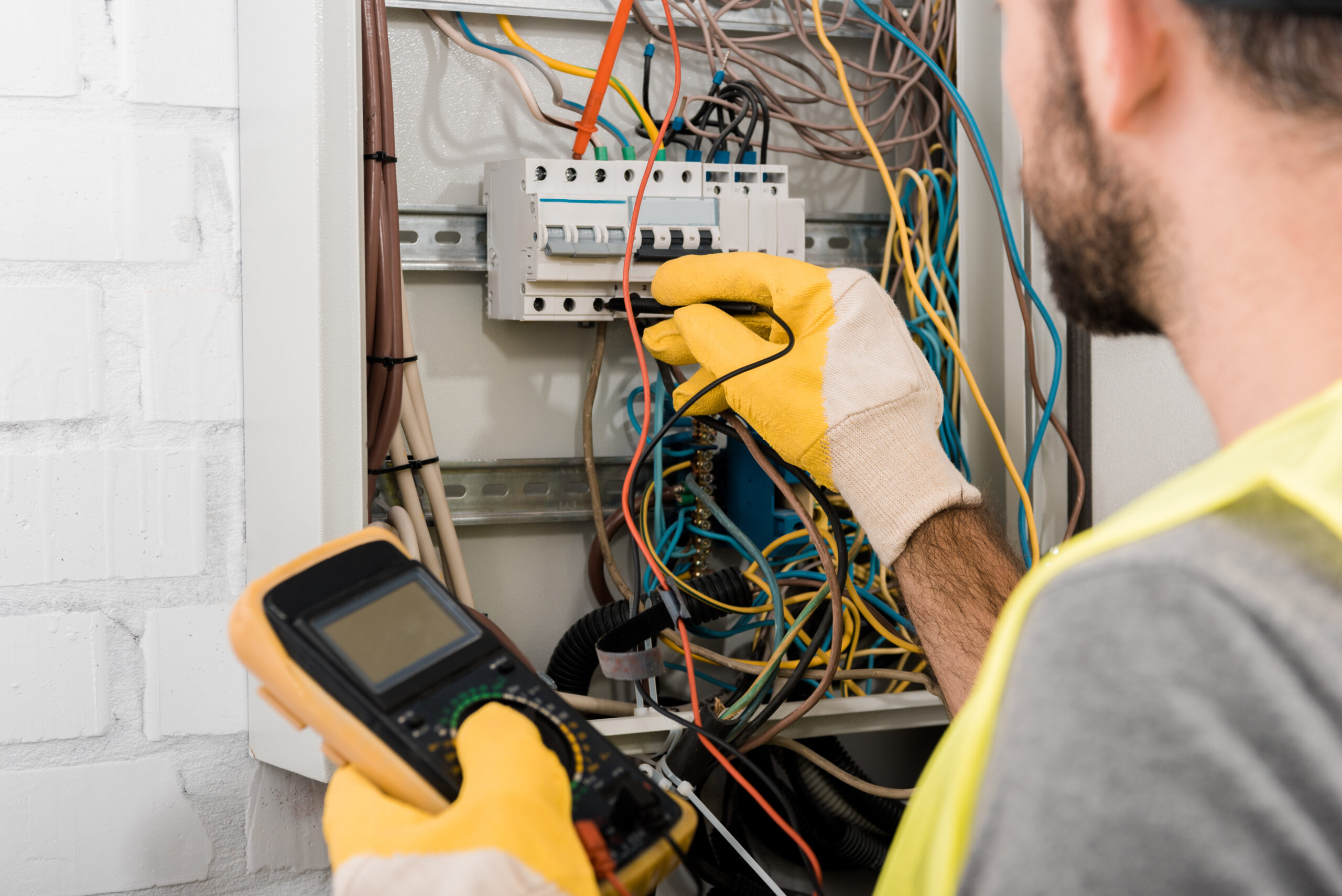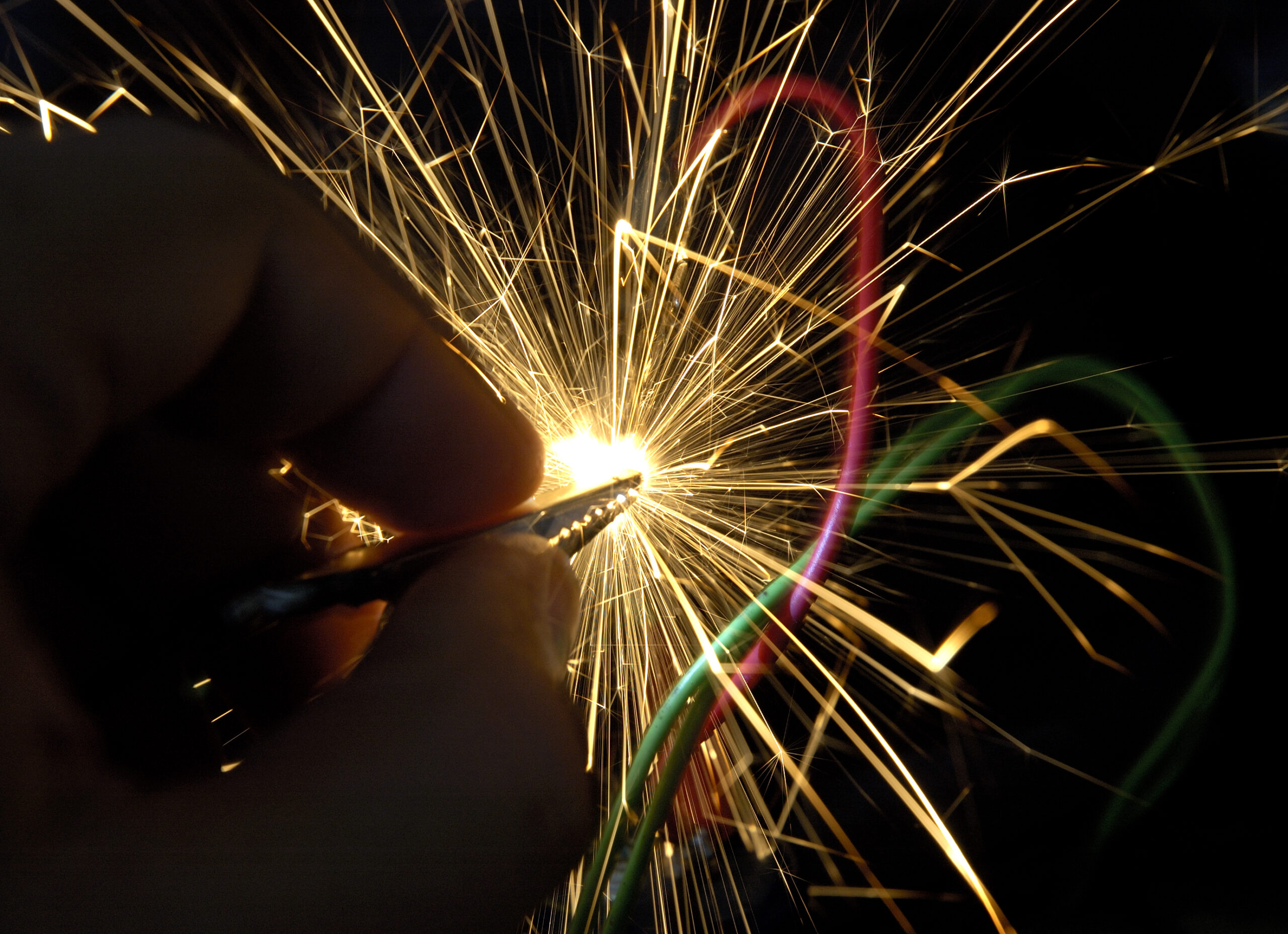Have you ever experienced flickering lights, a tripped circuit breaker, or a faint burning smell in your home?These issues may point to a common yet potentially dangerous problem: a short circuit. Knowing how to find a short circuit in house wiringcan save you from costly repairs, reduce the risk of electrical fires, and ensure the safety of your household.
In this article, we’ll walk you through the signs of a short circuit, the tools needed to locate it, and step-by-step instructions to identify and fix the issue safely. Whether you’re a homeowner wanting to troubleshoot or someone looking to prevent future electrical hazards, this guide is packed with actionable advice and industry insights. Keep reading to learn how to protect your home and maintain an efficient electrical system with confidence.
What Is a Short Circuit?
The Basics of Electrical Circuits
A short circuit occurs when electricity flows along an unintended path with little to no resistance, bypassing the normal circuit. This can cause a sudden surge in current, leading to overheating and potentially dangerous situations.
Common Causes of Short Circuits
- Damaged Insulation:When wiring insulation becomes worn, torn, or damaged, it can expose the wires and create a short.
- Faulty Appliances:Old or malfunctioning appliances can cause electrical currents to stray from their intended path.
- Loose Connections:Wires that are not securely connected can touch each other or other conductive materials, leading to a short.
- Moisture in Wiring:Water intrusion, especially in areas like basements or kitchens, can lead to short circuits by creating unintended connections.
Why Identifying a Short Circuit Is Crucial
Short circuits can lead to significant risks, including:
- Electrical Fires:A short circuit generates excess heat, which can ignite nearby materials.
- Equipment Damage:The sudden surge of electricity can fry appliances, electronics, and other connected devices.
- Increased Energy Costs:Faulty wiring and short circuits can lead to energy inefficiency and higher bills.
- Safety Hazards:Exposed wires or overloaded circuits can pose a risk to anyone in the home, especially children and pets.
Recognizing the signs of a short circuit early can save you from costly repairs and ensure the safety of your household.
Signs of a Short Circuit in House Wiring
Before diving into how to find a short circuit in house wiring, it’s important to know the warning signs:
- Tripped Circuit Breakers:A circuit breaker that trips frequently is a clear indicator of an electrical fault.
- Burning Smell:The smell of burnt plastic or wires is a red flag for overheating caused by a short.
- Flickering Lights:Lights that flicker or dim unexpectedly may signal an issue with wiring.
- Hot Outlets or Switches:If an outlet or switch feels unusually warm, it could be due to a short circuit.
- Visible Damage to Wires:Frayed or exposed wires are a direct sign of potential trouble.
Tools You’ll Need to Find a Short Circuit

Finding a short circuit requires specific tools to ensure accuracy and safety:
- Multimeter:A device that measures voltage, current, and resistance in electrical circuits.
- Non-Contact Voltage Tester:Used to detect live wires without direct contact.
- Screwdrivers and Wire Strippers:For accessing and inspecting outlets and fixtures.
- Flashlight:Useful for examining dark or hard-to-reach areas.
- Electrical Tape:For temporary fixes while troubleshooting.
- Insulated Gloves:To protect against accidental shocks.
Step-by-Step Guide: How to Find a Short Circuit in House Wiring
Now that you know the basics, let’s break down how to find a short circuit in house wiringinto actionable steps.
Step 1: Turn Off the Power
Safety first! Locate your home’s electrical panel and turn off the circuit breaker connected to the suspected short circuit. This minimizes the risk of shocks or further damage while troubleshooting.
Step 2: Identify the Affected Circuit
Determine which circuit is causing the issue by inspecting the circuit breaker panel. Tripped breakers or blown fuses are often associated with short circuits. Labeling circuits in your panel can save time during this process.
Step 3: Inspect Outlets and Switches
- Remove the faceplates of outlets and switches connected to the circuit.
- Look for visible signs of damage, such as burned or melted plastic, exposed wires, or discoloration.
- Test each outlet with a non-contact voltage tester to ensure no current is present.
Step 4: Use a Multimeter to Test for Resistance
- Set your multimeter to measure resistance (ohms).
- Disconnect appliances or devices connected to the circuit.
- Place the probes on the terminals of the outlet or switch. A reading of zero or near zero indicates a short circuit.
Step 5: Trace the Wiring
Follow the circuit’s wiring through walls, ceilings, and floors to locate the source of the short. Look for damaged insulation, pinched wires, or evidence of moisture intrusion.
Step 6: Check Appliances and Fixtures
Step 7: Isolate the Problem Area
If the circuit still shows signs of a short, disconnect sections of wiring to isolate the problematic area. This can help you pinpoint the exact location of the fault.
Step 8: Repair the Faulty Wiring
Once the short circuit is located, repair or replace the damaged section of wiring. Use insulated connectors and electrical tape to secure connections.
Common Mistakes to Avoid When Finding a Short Circuit

- Skipping Safety Precautions:Always turn off power before inspecting wiring or using tools.
- Ignoring Warning Signs:Don’t overlook subtle indicators like flickering lights or warm outlets.
- Using the Wrong Tools:A multimeter and voltage tester are essential for accurate diagnostics.
- Rushing the Process:Take your time to methodically trace the circuit and identify the fault.
Preventing Short Circuits in the Future
Preventive measures can help you avoid the stress and hazards of dealing with short circuits:
- Schedule Regular Inspections:Hire a licensed electrician to inspect your home’s wiring periodically.
- Replace Worn Wiring:Upgrade old or damaged wiring to reduce the risk of shorts.
- Avoid Overloading Circuits:Distribute electrical loads evenly to prevent overheating.
- Install Surge Protectors:Protect your devices and wiring from voltage spikes.
- Keep Wiring Dry:Address leaks or moisture issues promptly to protect electrical systems.
When to Call a Professional
While minor electrical troubleshooting can be done safely at home, some situations require the expertise of a licensed electrician:
- Persistent Issues:If you’re unable to locate the short circuit after troubleshooting.
- Major Repairs:Replacing large sections of wiring or upgrading electrical panels.
- Code Compliance:Ensuring repairs meet local building codes and safety standards.
Key Takeaway
Identifying electrical issues early is essential to ensuring the safety and efficiency of your home’s wiring. Understanding how to find a short circuit in house wiringcan help you address potential hazards like electrical fires, damaged appliances, or skyrocketing energy bills before they escalate. By recognizing the signs, using the right tools, and following a systematic approach, you can locate and fix minor issues on your own or know when to call a licensed electrician for complex repairs. Keeping your home’s electrical system in top condition is not just about convenience—it’s about protecting your family and property.
As homes become more reliant on technology, staying proactive about electrical safety will only grow in importance. Regular inspections, preventive measures, and a clear understanding of your home’s wiring can go a long way in avoiding costly damage. Have you dealt with a short circuit in your home, or do you have additional tips to share? Leave a comment below to join the discussion, and let’s work together to make our homes safer and more efficient.
People Also Ask
What causes a short circuit in house wiring?
Short circuits are caused by damaged insulation, loose connections, faulty appliances, or moisture in the wiring.
Can I fix a short circuit myself?
Simple fixes like replacing a damaged outlet or switch can be done safely if you’re experienced. For complex repairs, hire a licensed electrician.
How do I know if I have a short circuit?
Signs include tripped breakers, burning smells, flickering lights, hot outlets, or damaged wiring.
How much does it cost to repair a short circuit?
Costs vary depending on the extent of the damage but typically range from $150 to $500 for professional repairs.
Are short circuits dangerous?
Yes, short circuits can cause electrical fires, damage appliances, and pose safety risks.
Safe Wiring Starts Here—Reach Out to Boca Electrical Services
Identifying and addressing electrical issues, such as short circuits, is critical for maintaining a safe and hazard-free home. At Boca Electrical Services, Inc., we understand the complexities of your home’s electrical system and offer expert solutions tailored to your needs. Whether you’re looking for guidance on how to find a short circuit in house wiringor need professional assistance, our team is here to help with over 38 years of trusted experience.
Explore the tools and insights mentioned in this article, or visit other sections of the Softlist website for more electrical safety tips. For personalized recommendations or to schedule a professional inspection, contact Boca Electrical Services, Inc. at +1 561-235-2513or stop by our office at 158 NW 16th St #2, Boca Raton, FL 33432, United States. Let us help you prevent electrical hazards and ensure your home’s safety with reliable, expert service.